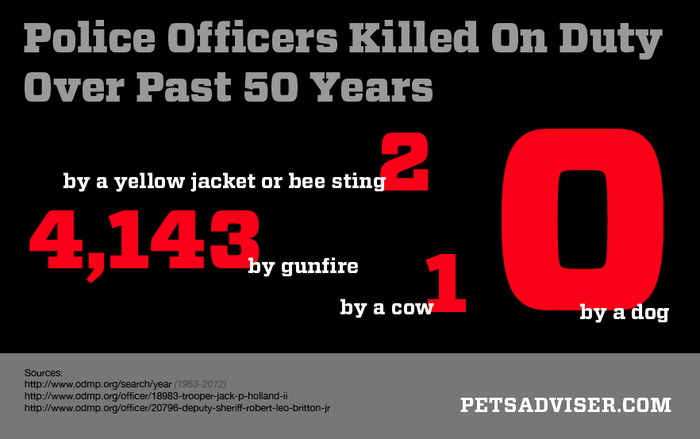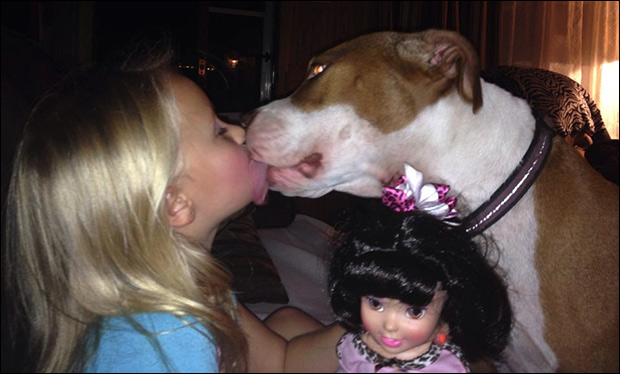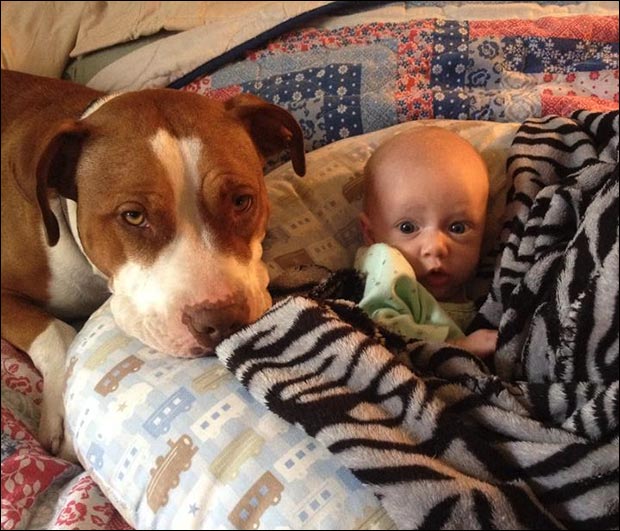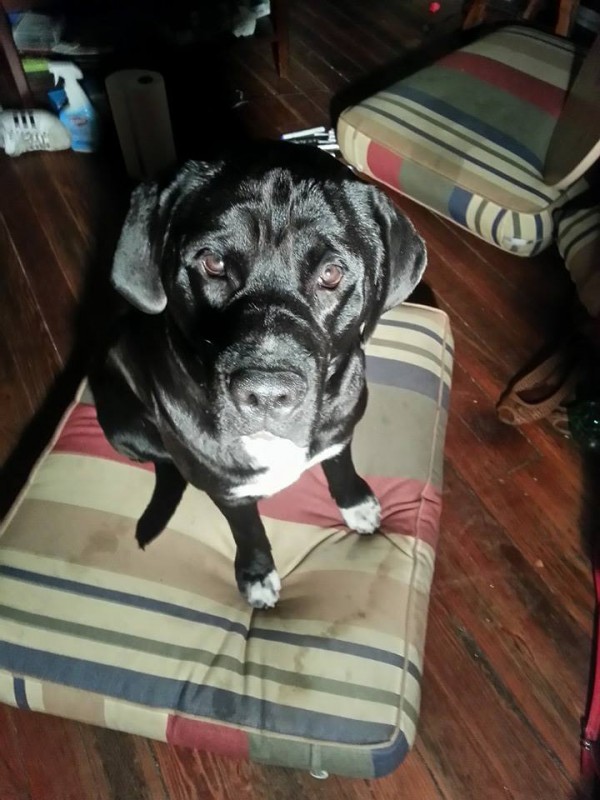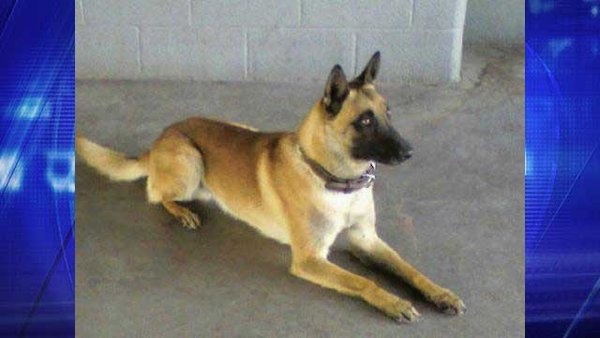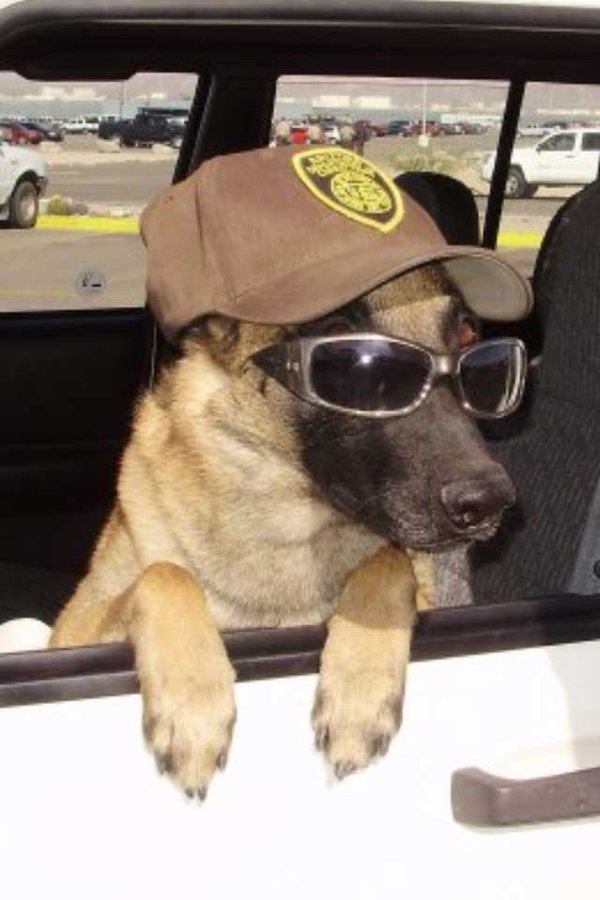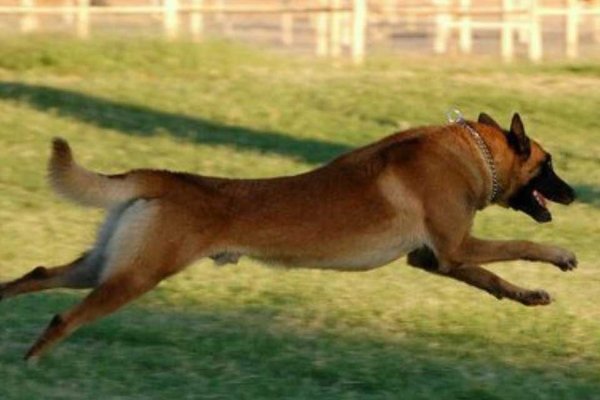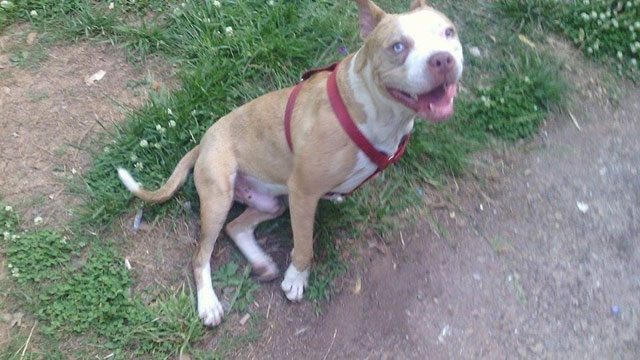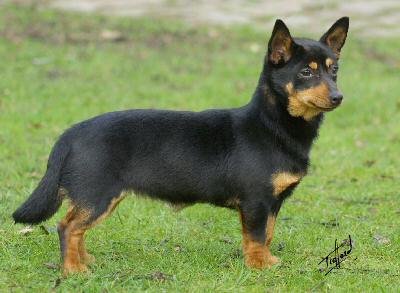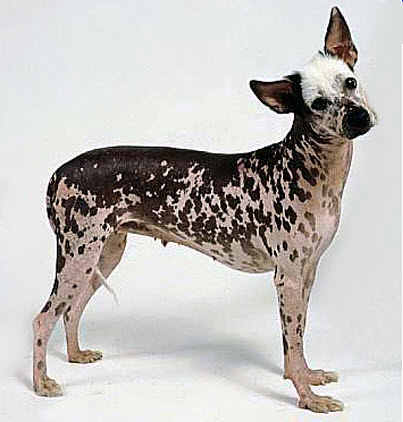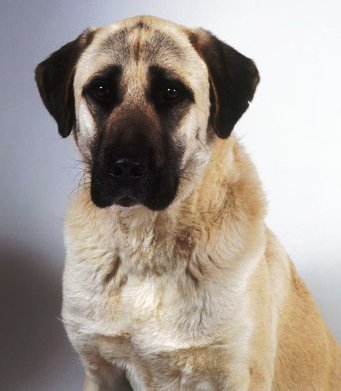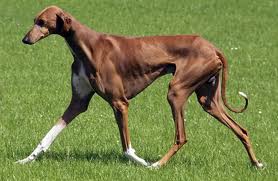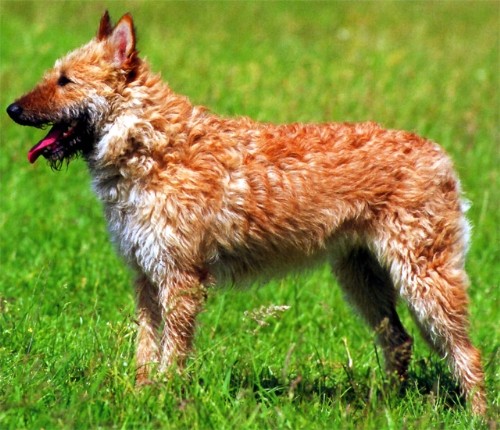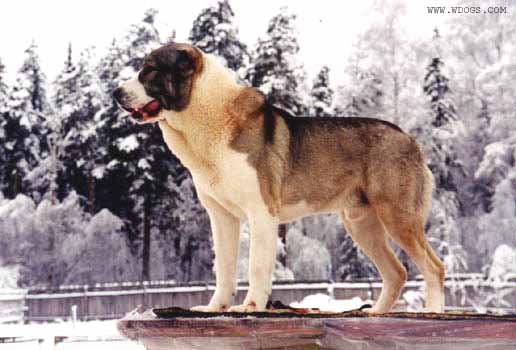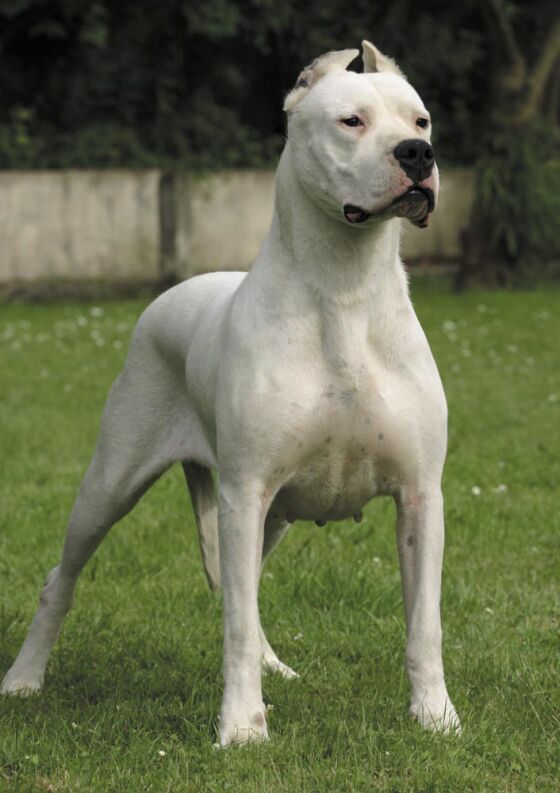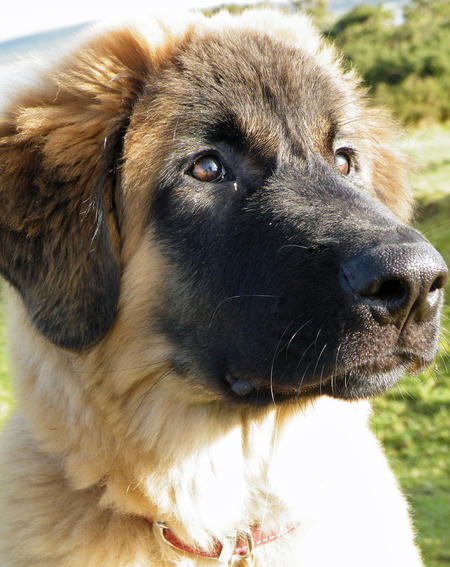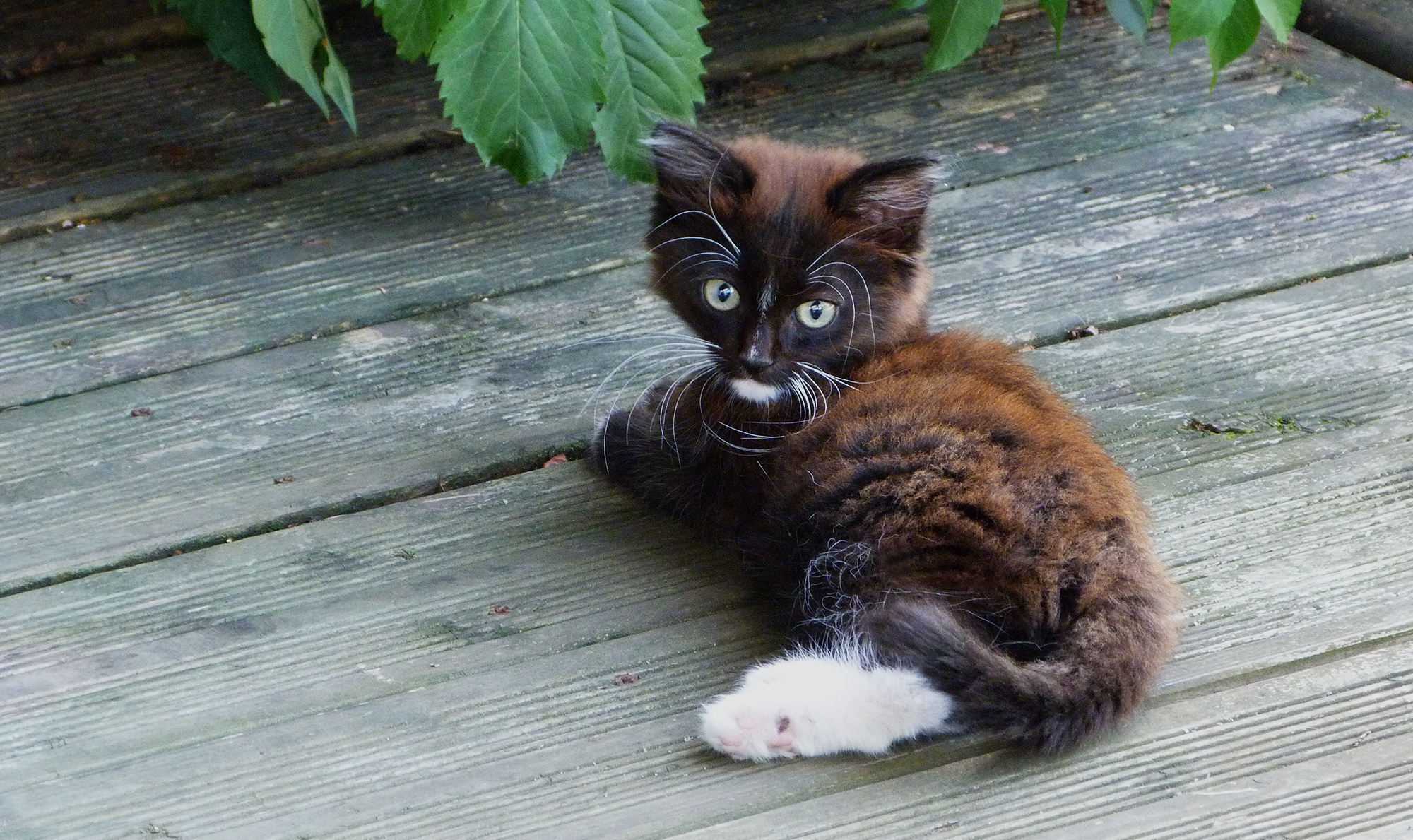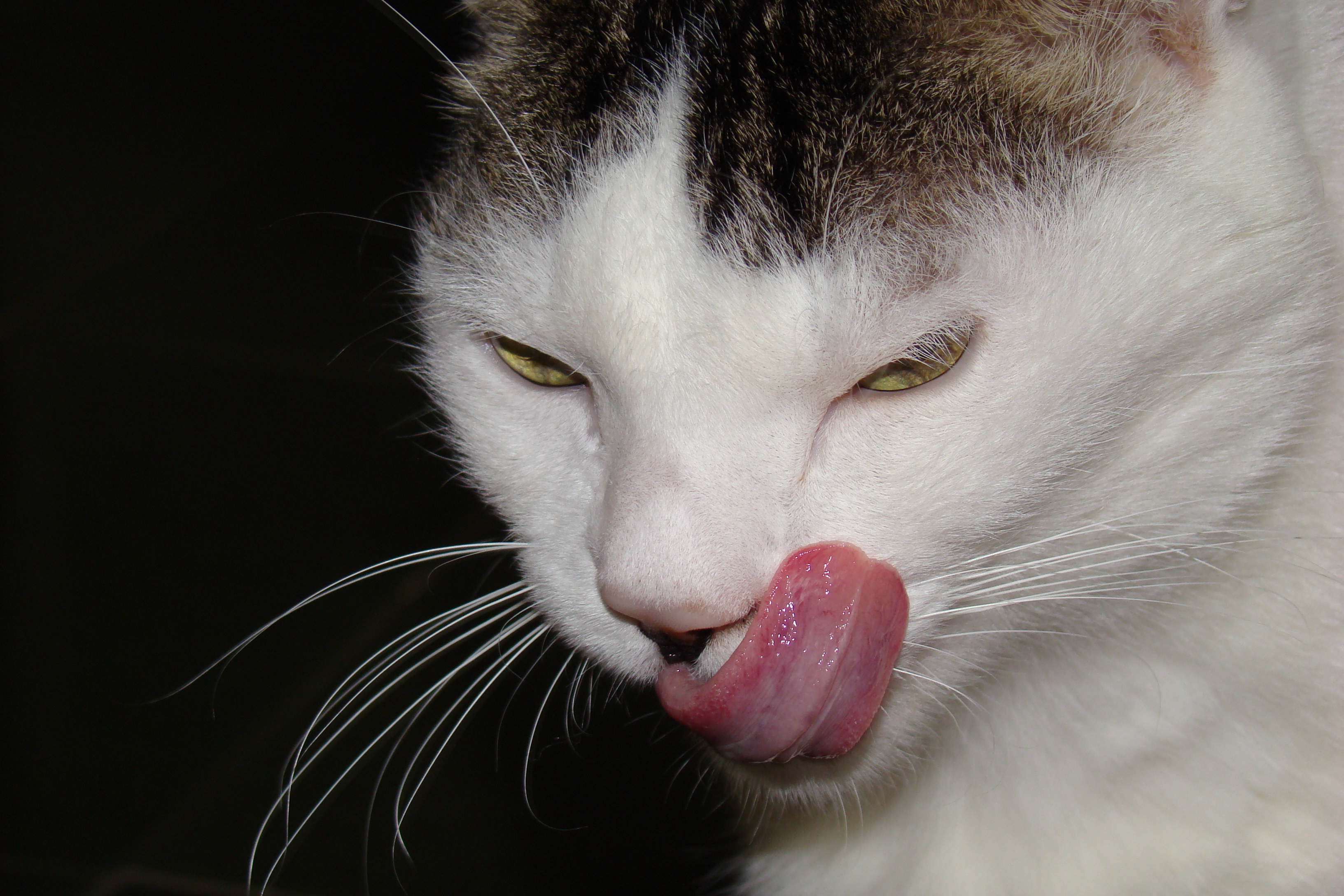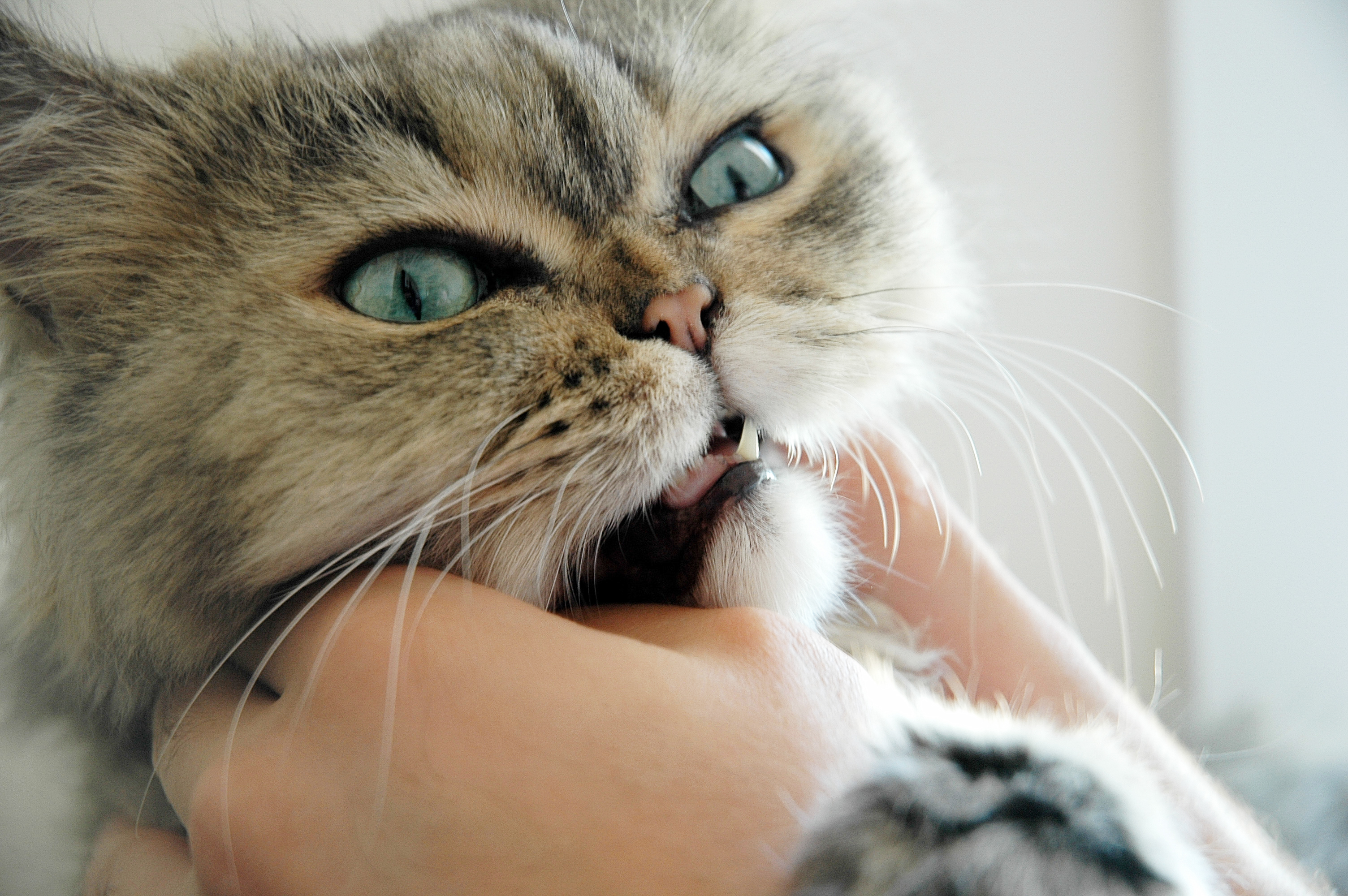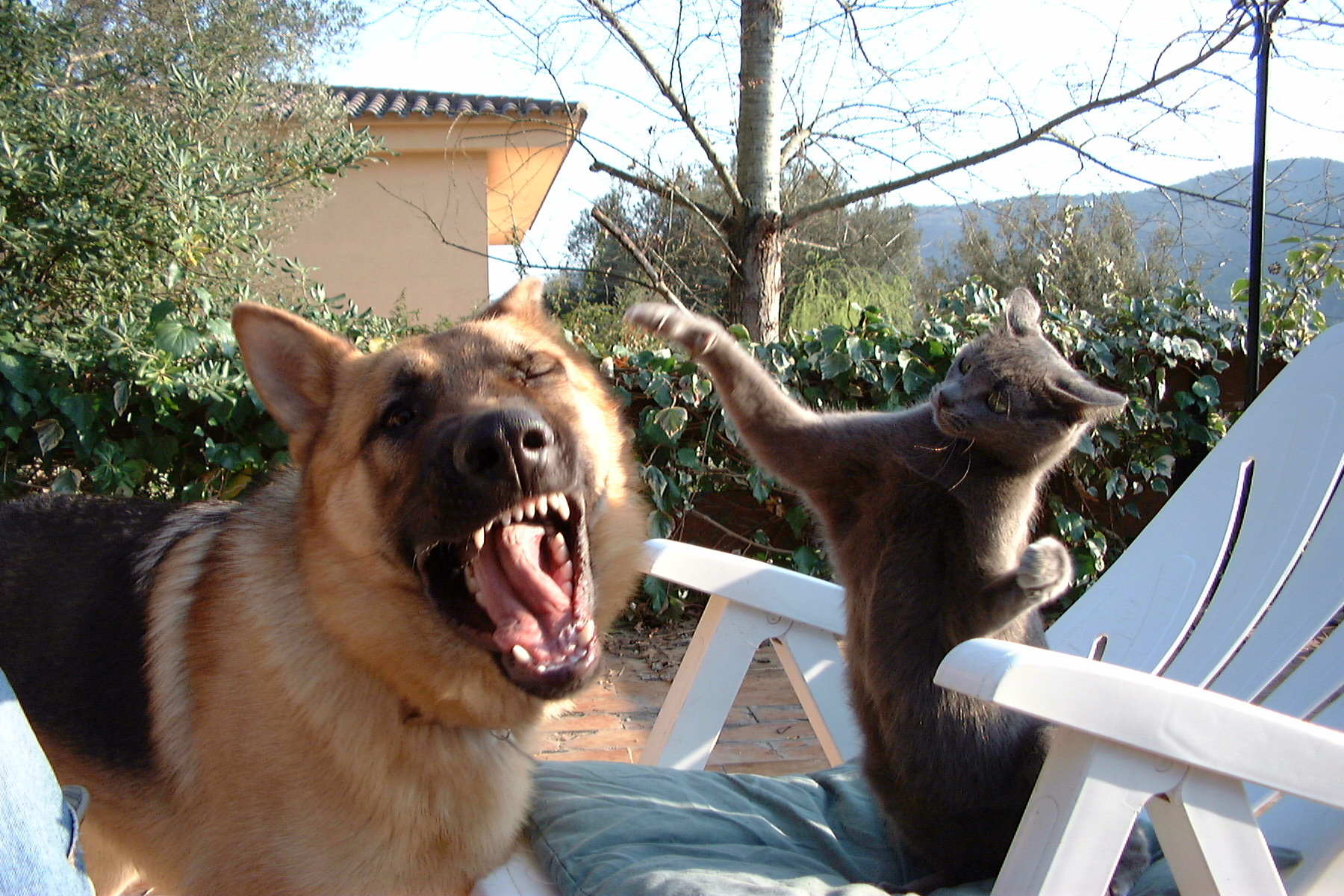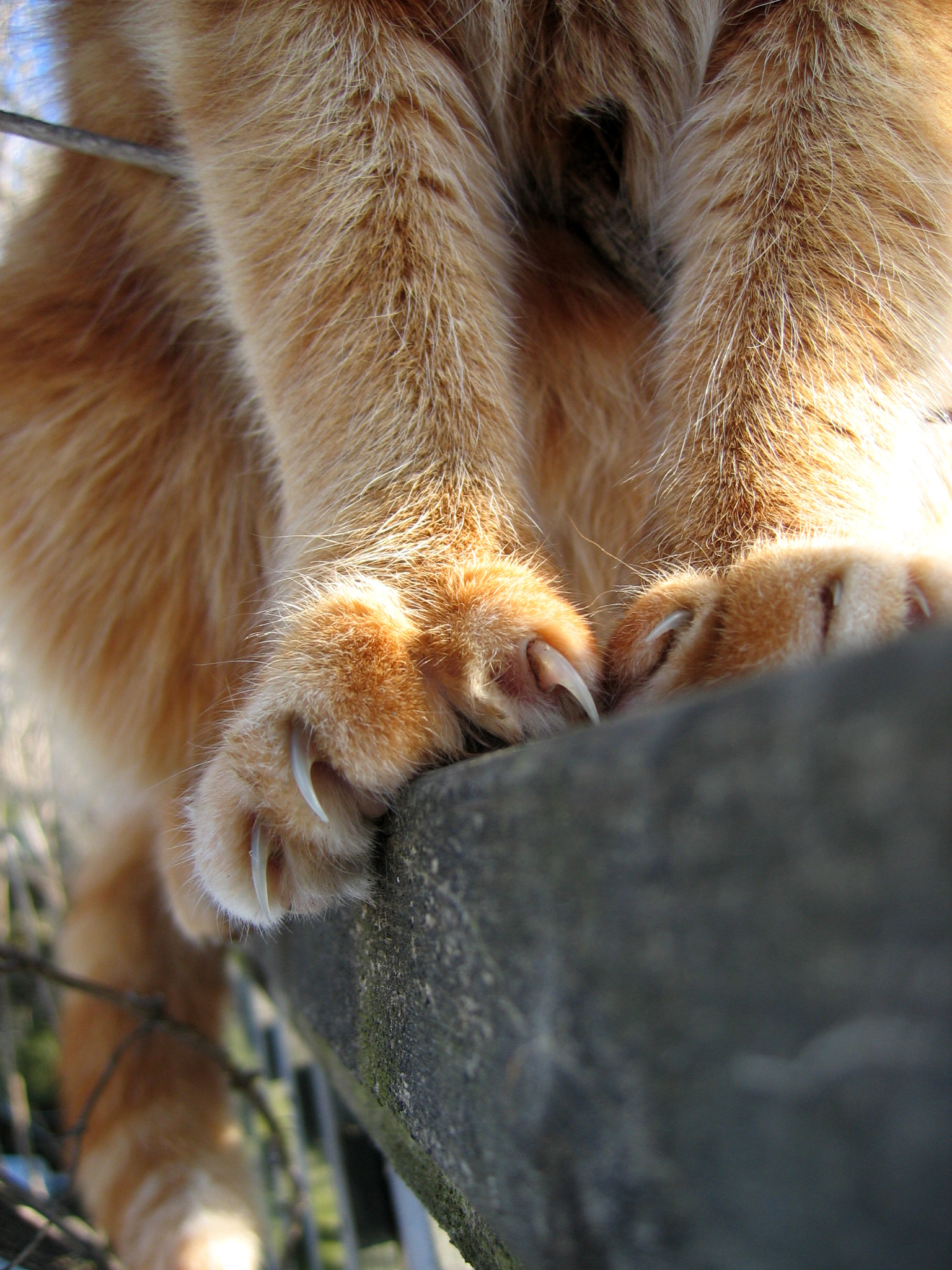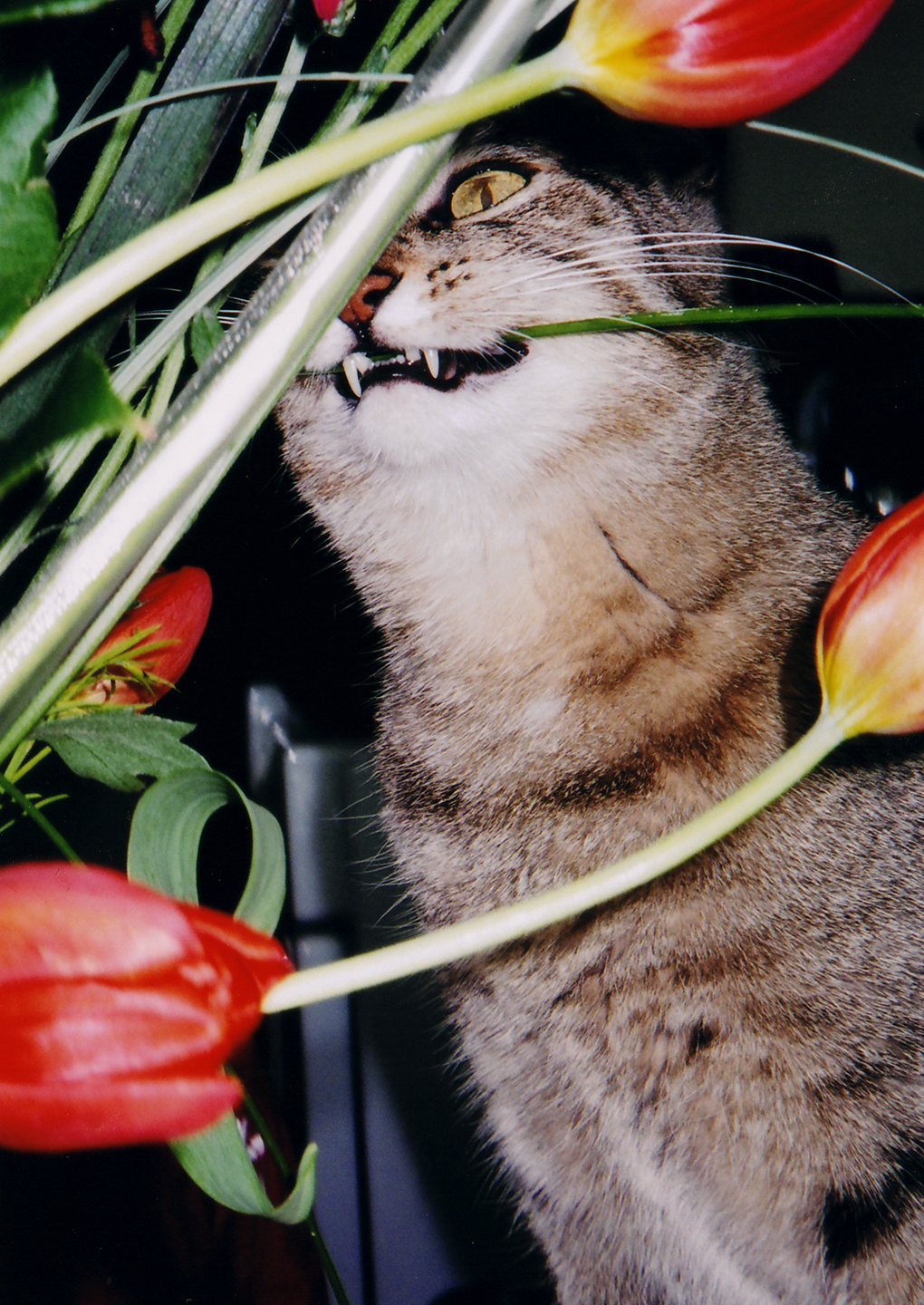I don’t often write posts that make me angrier as I go, but I have to say that this is the single pet cause I’ve written about lately that makes me the most outraged. How often lately have we read the headline “Dog Killed By Police Officer”? Way, way too often. The fact is police kill dogs. They kill them for no reason. And sometimes they even like it. When I was a kid I was taught that I could feel safe going up to a policeman on the street if I was lost or needed help—that they’re our friends and are trained to protect and serve. Later, I even dated a cop. I got an insider’s view of police culture. And I came to respect these people even more.
But these days what I see is not always to be respected.
In November of 2012, Kelsey Markou was walking her dog in Champaign, Illinois when another dog came up and attacked it. A passerby called the police, and when they arrived the policeman shot both dogs. Eight times, he shot them. Kelsey’s dog died…for being attacked during a walk. The attacking dog went to the vet.
Police Kill Dogs All Over
In August of 2013, the Bullock family of Cincinnati, Ohio returned to their home after a funeral to find blood on their porch and a note to call the Blue Ash police department. It seems their 5 pound Chihuahua mix, Jack, had gotten out. When two officers tried to catch him, he fled to the front porch. Cornered, he bit one of the officers who tried to pick him up. He was then tased, then shot three times. The family described their five year old son calling to the dog every day since its murder to come back. They didn’t have the heart to tell him how Jack had died, and the boy was told he ran away. This story made me ashamed to live in Cincinnati. Here’s a video that describes what I too feel about this.
Police Kill DogS, TheN Lie And Are Protected
In March of 2014, a policeman in Ardmore, Oklahoma shot Sarah Jo Ellen Brown’s dog because it had escaped the yard and he didn’t want to wait for animal control officers. And then he laughed. He is quoted as bragging, “Did you see her collar fly off when I shot her? That was awesome!” Although the dog, Cali, had done nothing to provoke this, the reply from the animal control officer reportedly was, “We’ll just write in the report that it tried to attack you and others in the neighborhood.” This particular police officer had already been reported several times, once even by another officer, who wrote that he suffered from, “intentional infliction of emotional distress.” Other violations had previously included searching homes without a warrant and even the fatal shooting of a suspect after lying about the man having attacked him. He was later discovered to have failed the psychological tests required to become a police officer.
Police Kill Dogs, Even When They Are Already Restrained
The following is from the Facebook Page “Justice For Arzy”, created by Bayou Bullies Rescue & Rehabilitation, Louisiana:
On April 30th, 2014 two men from Maine and their dog were traveling through Calcasieu Parish, and stopped to take shelter from the rain inside a cargo truck outside the offices of the Southwest Daily News in Sulphur. The men were in the back of the truck for about ten minutes when someone from the newspaper called Sulphur Police. The dog’s owner, Brandon Carpenter, says police officer Brian Thierbach came up to them with his gun drawn and ordered them out of the truck. Brandon tied his dog, named Arzy, to the bumper of the truck and explained to the officer the dog was not going to be a problem. As Brandon and his friend were handcuffed and arrested for trespassing, the officer proceeded to search the truck, then suddenly, without warning fatally shot Arzy. A witness, who works for the Daily News, said the dog did not act out in any way. After doing some research we found out that In April 2013, Thierbach was placed on administrative leave by state police, pending an investigation, saying he “posed a significant hazard to the efficiency of the public service,” and that his conduct was “unbecoming of an officer.” It’s not clear from the documents what exactly led to the action, but three days after the notice was written, Thierbach resigned from the Louisiana State Police. On May 9th Sulphur Police Chief Lewis Coats said Thierbach submitted his resignation prior to final disciplinary action being taken against him. Coats said that the joint investigation found that Thierbach “violated the Sulphur Police Department’s Departmental Policy and Procedure regarding Use of Force and Personal Conduct and Behavior.” The SPD investigation is over but The Calcasieu Parish Sheriff’s Office is going forward with a criminal investigation into the shooting.
“He thought I was just a train-hopping punk, and he could shoot my dog and get away with it,” Brandon Carpenter said. “You messed with the wrong traveler.”
Police Officer Dog Killed By Police Officer
On April 9th of this year, a Phoenix, Arizona corrections officer left his K9 partner, Ike, a Belgian Malinois, in a car for seven hours in heat exceeding 98 degrees. (As we know, temps inside cars get significantly warmer.) How did this happen? He forgot. Another officer discovered Ike had died and of course tests determined this was due to major organ failure consistent with elevated temperatures. This officer, like at least one before him, had had a sick child on his mind—so…why was he on duty? If he was a hazard to his own partner, how could he possibly help anyone else?
Police Kill Dogs, Even When They Are Running Away
Less than a week ago, a family in Anderson, South Carolina was enjoying time at their home with friends. Four children were playing in the driveway, when several police cars pulled in. The family dog walked out to meet them. Teeth were not bared; there was no growling. Yet officers shot the dog. And when it ran into the bushes, shot it again and killed it. Adrien Best, owner of the dog, named Cream, was later informed the police were on the track of a stolen cell phone. As it happened, one of her son’s friends was at the house and had found the phone at school, which he was carrying. Take a look at this video—does it look to you as though these people are desperados, where that many cars were needed in the first place? Let alone what happened to this poor animal?
It seems more than evident that this country has some serious issues in how it chooses and trains its cops. And when officers are routinely reprimanded and released to continue to do more harm than good in our communities, how can we any longer feel like we are safe, let alone our pets? What can we do when an officer allows his own partner to die due to neglect? The average postal delivery worker receives more training than a police officer on how to recognize and handle an actual dog attack. And when there is an average of 69,926,000 pet dogs owned in this country, that’s just crazy. Here are some resource links, if you’d like to learn how citizens can take a stand on this issue, and how to protect your pets:
Colorado’s “Don’t Shoot My Dog” Bill
A Police Officer’s Insight On Keeping Your Dog Safe
I still have police officer friends. I know there are good officers out there, who in no way would ever harm a pet. I’m hoping that they, and those reading this post who love them, will pass this along with their own outrage and suggestions on where citizens can go for help. This is not just about pets—it’s about the safety and rights of all people, as well.
![]() Joy Jones, our Editor In Chief, is a syndicated columnist living with her husband Dave in Anderson, Ohio. When not working on Your Pet Space, she writes a metaphysical column called The Midwestern Buddhist as well as urban fantasy and humor. You can e-mail her at joy@yourpetspace.info as well as follow her on Facebook or Twitter.
Joy Jones, our Editor In Chief, is a syndicated columnist living with her husband Dave in Anderson, Ohio. When not working on Your Pet Space, she writes a metaphysical column called The Midwestern Buddhist as well as urban fantasy and humor. You can e-mail her at joy@yourpetspace.info as well as follow her on Facebook or Twitter.

